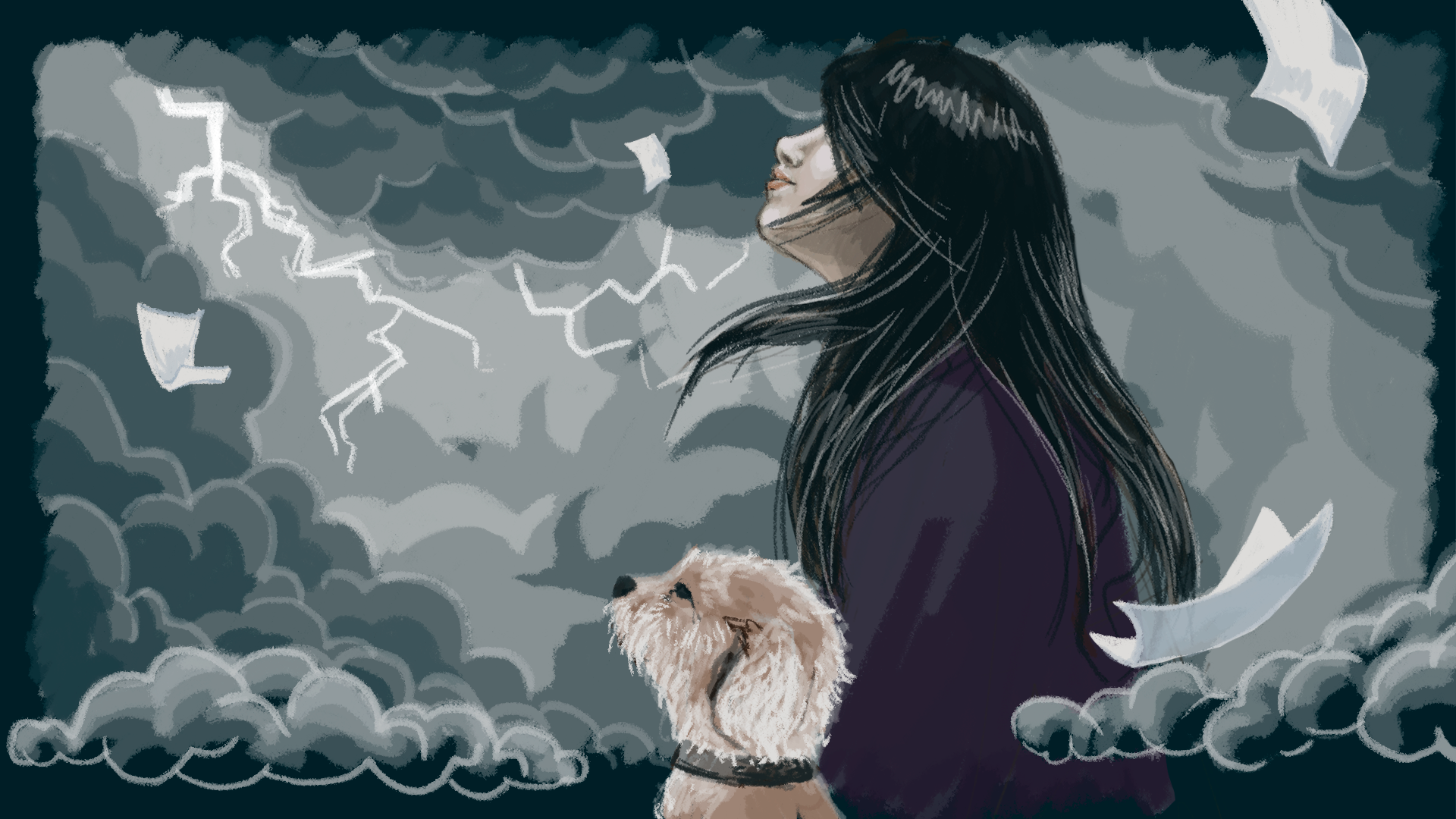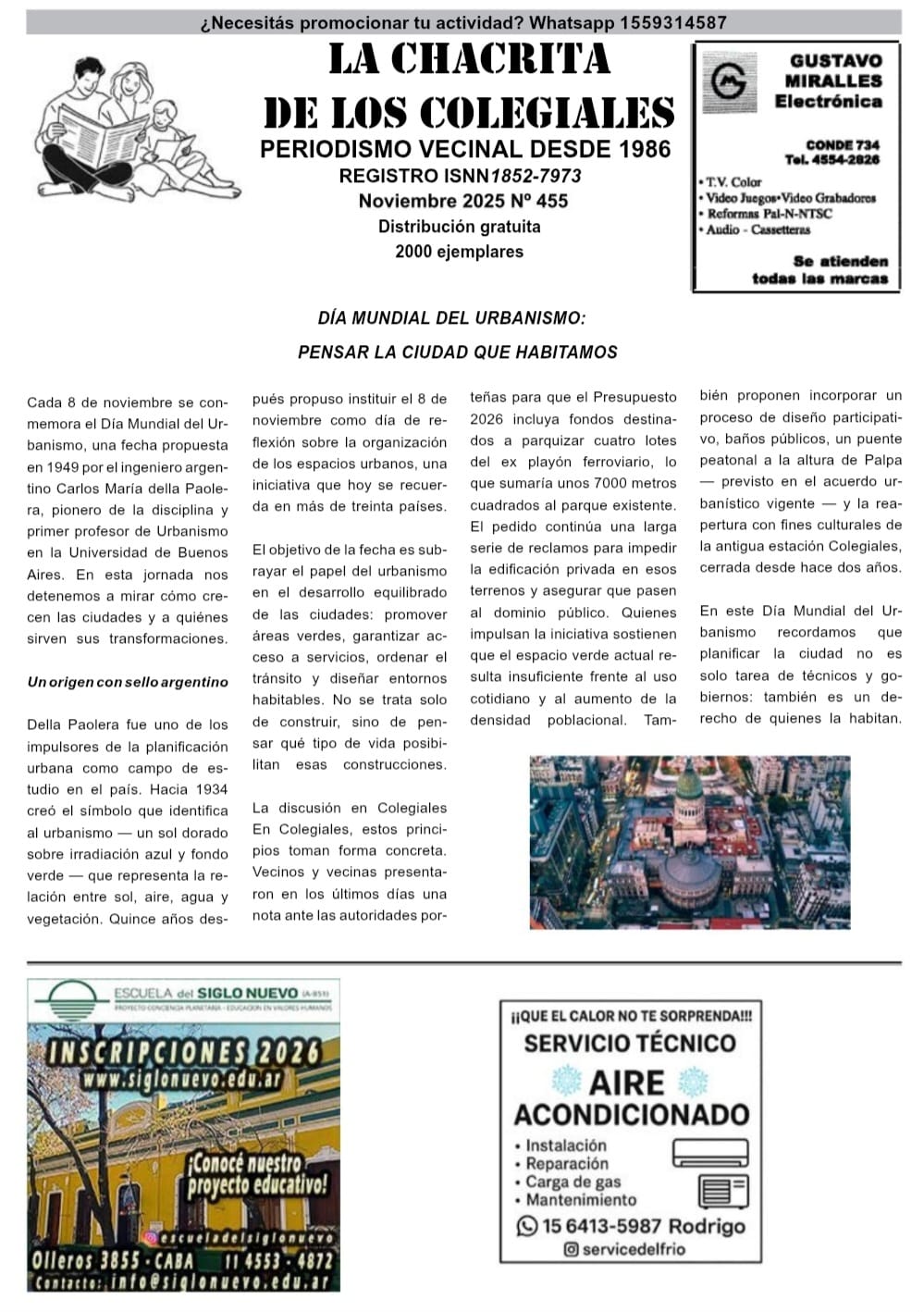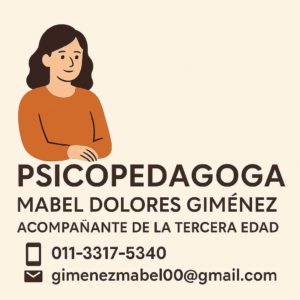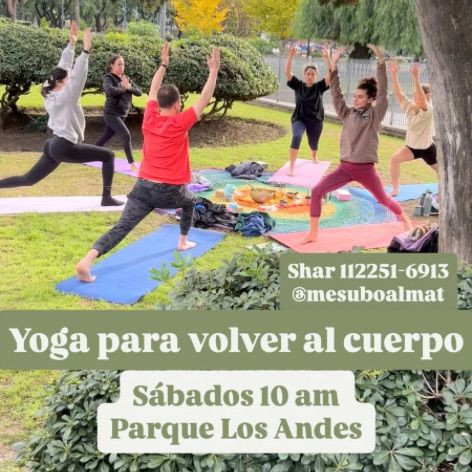Con alegría compartimos un texto especial de nuestra vecina Andrea Cruz, escritora, traductora y doctoranda en Letras, quien desde Inglaterra sigue tejiendo lazos con Colegiales.
We also share an English version of this powerful and meaningful piece, translated by the author herself during her stay in England. You’ll find it below.
A pesar de su intensa formación internacional —presenta su obra ahora en Nottingham y Cambridge, y continúa su doctorado en Heidelberg—, Andrea reserva un espacio para su comunidad. Hoy, comparte con los lectores de La Chacrita una reflexión íntima sobre su proceso creativo: «Las fuerzas de la naturaleza».
En este texto, Andrea no solo desvela la génesis de su escritura —esa «crisálida» donde las emociones se transforman en literatura—, sino que también invita a recorrer el misterio irreductible que impulsa al arte. Les invitamos a leerlo:
Las fuerzas de la naturaleza
Por Andrea Cruz
9 de junio de 2025
El silencio a lo lejos nos confunde. Lo vemos: el cielo comienza a oscurecerse. No pasa nada, pensamos, pero se está gestando lo ineludible: es la calma que precede la tormenta. Contra las fuerzas de la naturaleza, no podemos hacer nada: solo entregarnos a lo que sucederá.
Así, describo mi proceso artístico. Hay una fuerza en los que quedamos atravesados por el arte que es irrefrenable y nos define. Nos redirecciona, nos apuntala, marca siempre el norte. Es la estrella en el cielo que nos guía. Las personas que nacimos con esta certeza (o, por lo menos, a mí me pasa) sentimos la responsabilidad de tener que resguardar el mayor de los tesoros. En mi caso, es la escritura que queda amalgamada por las pinturas y las esculturas, la música clásica, la naturaleza y la exploración de las emociones y las vivencias que observo en mí y en los demás. Lo que escribo normalmente aparece en forma de una emoción muy intensa, me acerco a ella y quiero retenerla. La observo, doy vueltas a su alrededor, pero dejo que palpite y me comunique lo que tiene que manifestarse a través de mí en forma literaria. Esa es la maravilla de la literatura que yo siento como emoción y experiencia inefable en el cuerpo. Desde ese espacio en el que me meto en mi propia crisálida para dejar que una parte de mi alma se geste, dejo que la mariposa cobre vida y, cuando llega la hora, aparece en forma de texto que voy puliendo hasta que sé que está listo para ser compartido con el mundo. A eso, yo llamo el lazo de la humanidad.
Quizá los que hacemos arte y optamos también por la vida académica tenemos un doble desafío: aprender a encontrar la convergencia entre los dos mundos. La investigación y exploración de las obras de otras autoras y otros autores nos ayudan a resignificar nuestra obra y convivimos en esa escisión y realidad que nos tironea: encontrar el delicado equilibrio entre la creación propia y la investigación de la obra ajena. El sentir argentino, la exploración de la identidad, el llamado a tener una causa mayor es lo que nos mueve a entregarnos al misterio del arte. Yo lo siento como la naturaleza. Es. Y, en el proceso de escribir y de ponerle cuerpo y materialidad a las palabras, voy conectándome con lo que el texto me pide, con lo sagrado que está escrito adentro de mí y surge en palabras a través de sonidos, imágenes, música, recuerdos o ideas que nacieron en mi interioridad hace muchos años. Esta es la manera en que me vinculo con mi propia creación artística. La siento tan fuerte, tan viva, que la dejo volar, como la mariposa que despliega sus alas por primera vez y que en su eternidad efímera expresa todo lo que los humanos no podemos expresar a través del lenguaje. Porque la literatura es lo que se escribe, pero, sobre todo, es lo que está por debajo de la superficie, lo que el lector que siempre es protagonista descubre, resignifica y abraza también en lo que no podemos poner en palabras, pero sí podemos sentir. Acaso sea la experiencia más cercana al amor en todas sus formas, acaso sea ese misterio que late en la sensación de estar frente al huracán que viene hacia nosotros: lo sublime o para ponerle otro nombre las fuerzas de la naturaleza que compartimos a través del lenguaje universal del arte.
Sobre la autora
Andrea Cruz es vecina de Colegiales y es doctoranda en letras en la UNCuyo. Investiga a Emily Dickinson, codirige la Escuela LEAS de literatura y cine, y es autora de Quién es noche. Relatos más allá del umbral (GG Editora, 2024). Actualmente está preparando un libro de poemas, y un libro de cuentos fantásticos que es la continuación de Quién es noche. Su libro ha sido traducido al alemán y está en proceso de traducción al inglés. Andrea ha presentado su libro en Argentina en distintas bibliotecas y universidades, y en Inglaterra, en la Universidad de Nottingham en donde está haciendo su intercambio doctoral. Presentará su libro en la Universidad de Cambridge y, a partir de agosto, estará en la Universidad de Heidelberg en donde seguirá preparando sus libros y donde concluirá su doctorado.
Su libro
Sus redes
Argentine Author and Researcher Andrea Cruz Reflects on the Mysteries of Artistic Creation
Andrea Cruz, a doctoral researcher at the National University of Cuyo (UNCuyo) and visiting scholar at the University of Nottingham, shares her perspective on the creative process and the inextricable bond between literature, emotion, and human experience.
The Forces of Nature: A Reflection on the Creative Process
By Andrea Cruz
Silence in the distance unsettles us. We see it: the sky begins to darken. Nothing is happening, we think—but the inevitable is already taking shape. It is the calm preceding the storm. Against the forces of nature, there is nothing we can do: only surrender ourselves to what is to come.
That is how I describe my artistic process. There is a force within those of us who are marked and taken by art—an irrepressible force that defines us. It reorients us, steadies us, always points us northward. It is the star in the sky that guides our path. Those of us born with this certainty—or at least, I experience it as such—feel a profound responsibility to safeguard the greatest of treasures. In my case, that jewel is writing, which fuses with art in different forms: literature, painting and sculpture, classical music, and also nature and the exploration of emotions and lived experience—both my own and that of others.
What I write usually appears first as an intense emotion. I draw near to it, wanting to grasp it. I observe it, circle around it, but allow it to throb, like a heartbeat, and to speak to me—to reveal what must be expressed through me, in the form of a literary text. That is the wonder of literature: a sensation, an ineffable experience that I feel in my body. From that space—where I enter my own chrysalis so that part of my soul may take form—I allow art to come to life as a butterfly. And when the moment comes, it appears as a text that I refine and edit until I know it is ready to be shared with the world. That, to me, is what I name the thread of our shared humanity.
Perhaps those of us who devote ourselves to both art and the academia face a double challenge: to learn how to find the convergence between those two worlds. Researching and delving into the work of other writers helps us reframe our own work. We live within that split, that tug-of-war: finding the delicate balance between our own acts of creation and our study of others’ works. The Argentine sense of experiencing life and viewing the world, the exploration of our identity, the call to serve a higher purpose—these are what drive us to surrender to the mystery of art.
To me, it feels like nature itself. It simply is. And, in the process of writing, of embodying and providing materiality to words, I connect with what the text asks of me—with the sacred which is inscribed within me and emerges through words, through sounds, images, music, recollections, or ideas that were born in my innermost being many years ago.
This is how I relate to my own artistic creation. I feel it so strongly, so vividly, that I allow it to take flight—like a butterfly spreading its wings for the first time, expressing in its ephemeral eternity all that we humans cannot express through language. For literature is what is written, yes—but above all, it is what lies beneath the surface: what the reader, always a protagonist, discovers, reinterprets, and embraces in what cannot be spoken, but can be felt.
Perhaps this is the experience that comes closest to love in all its forms. Perhaps it is that mystery that pulses in the moment of facing the oncoming hurricane: the sublime—or, to give it another name, the forces of nature we share through the universal language of art.
About the Author
Andrea Cruz comes from Colegiales, a beautiful neighbourhood in the heart of Buenos Aires, and is a doctoral candidate in Literature at the National University of Cuyo (UNCuyo). She researches the poetry of Emily Dickinson, co-directs the School LEAS of Literature and Film Studies, and is the author of Quién es noche. Relatos más allá del umbral (Who is Night: Tales Beyond the Threshold, GG Editora, 2024). She is currently preparing a poetry collection and a new volume of fantastic short stories that continues the world of Quién es noche. Her book has been translated into German and is currently being translated into English. Andrea has presented her work in national and university libraries and university academic events in Argentina and in the UK, at the University of Nottingham, where she is undertaking a doctoral exchange. From August, she will be based at the University of Heidelberg, where she will continue working on her books and complete her PhD.



















